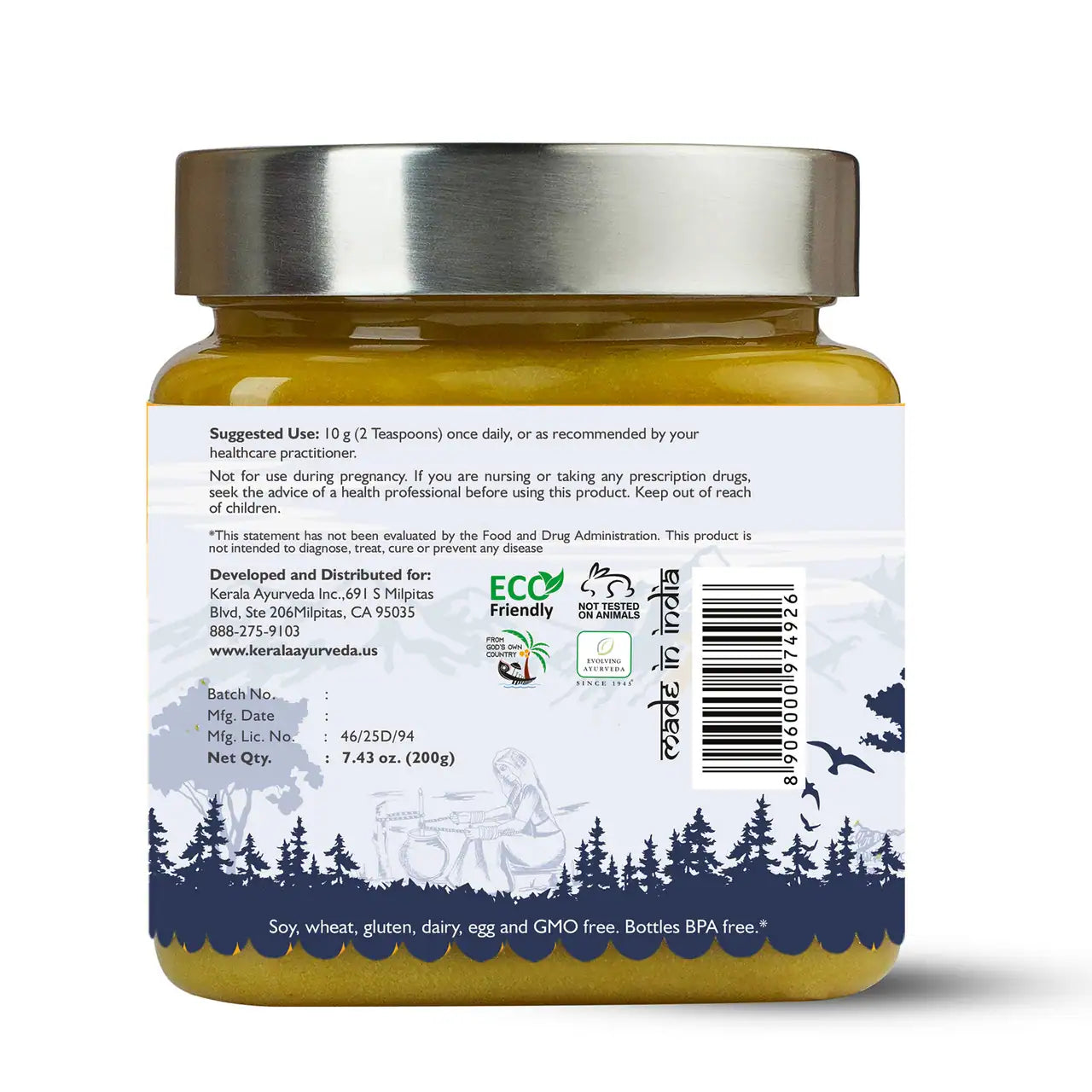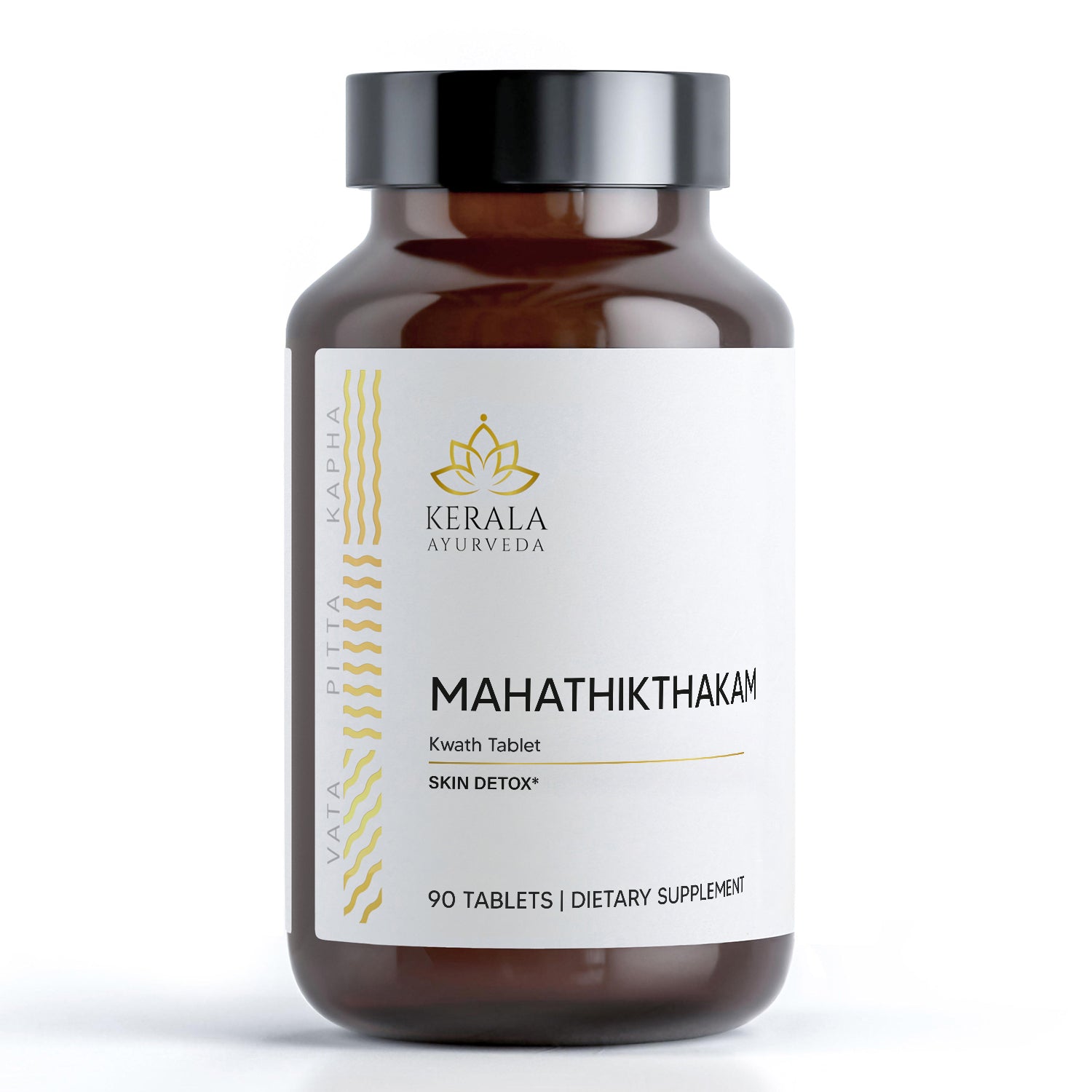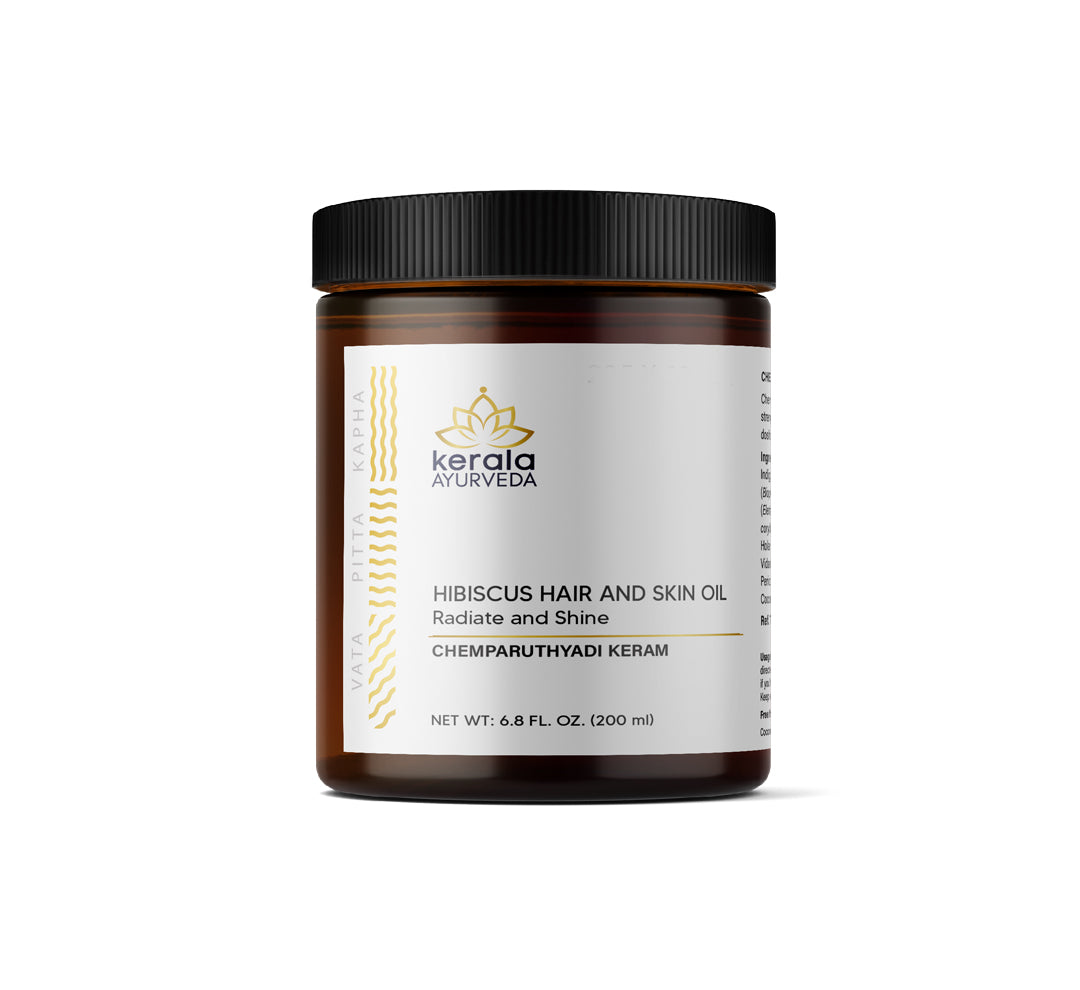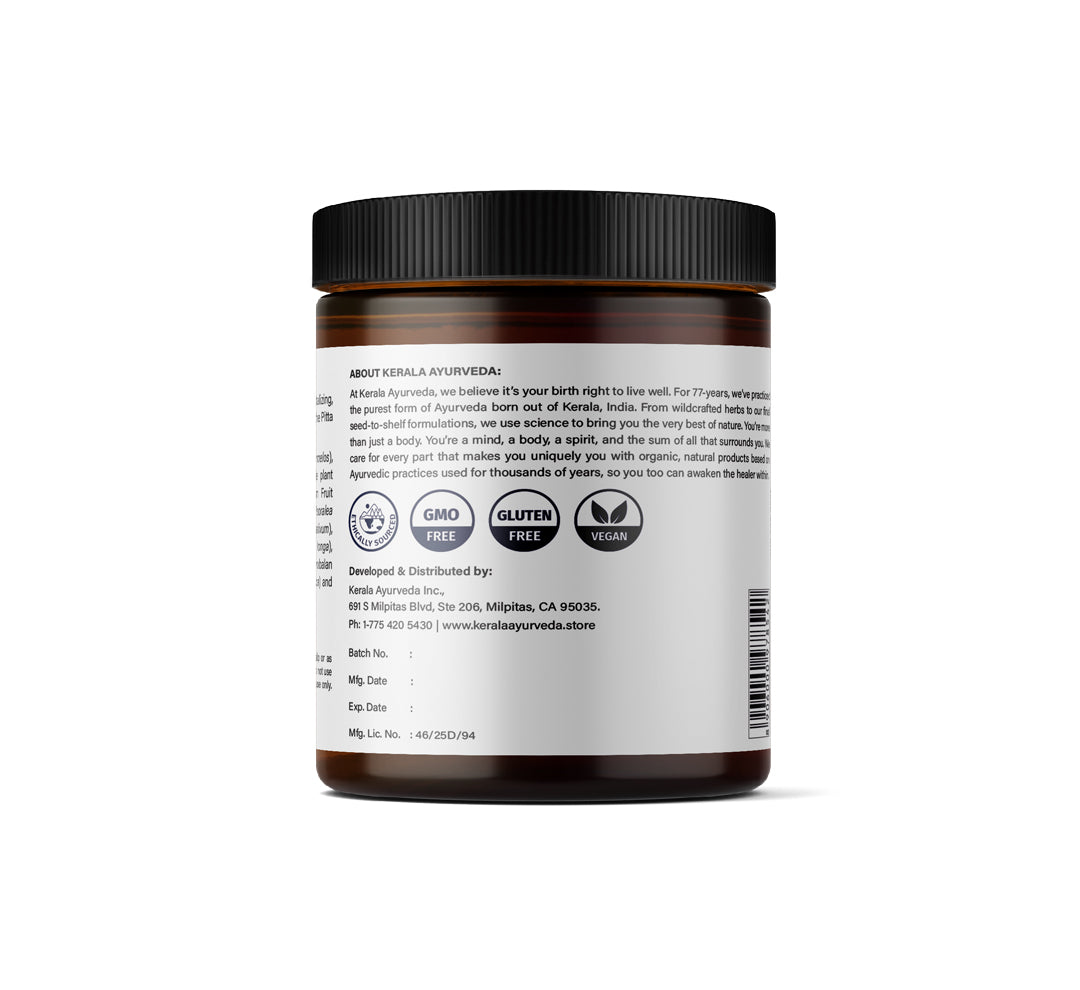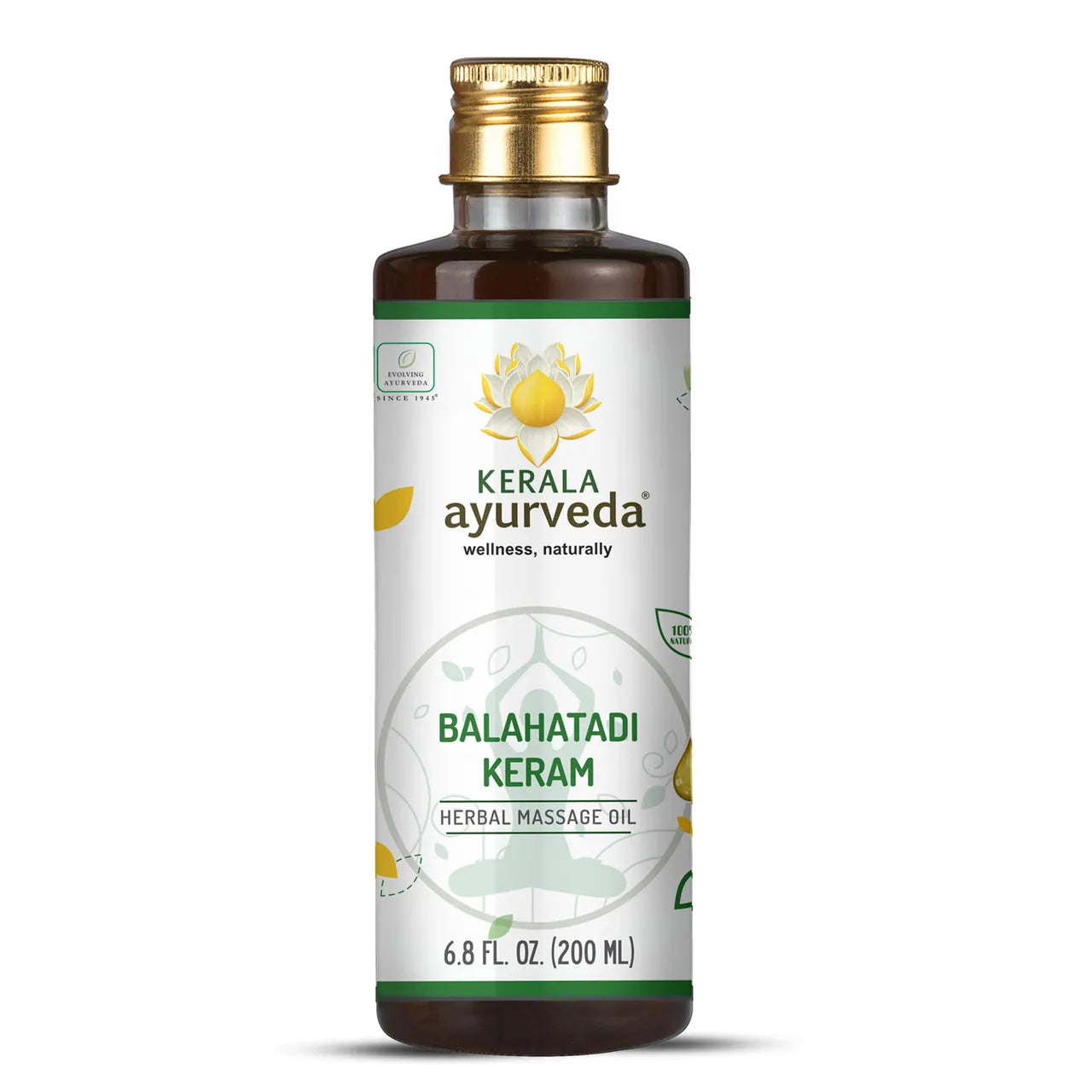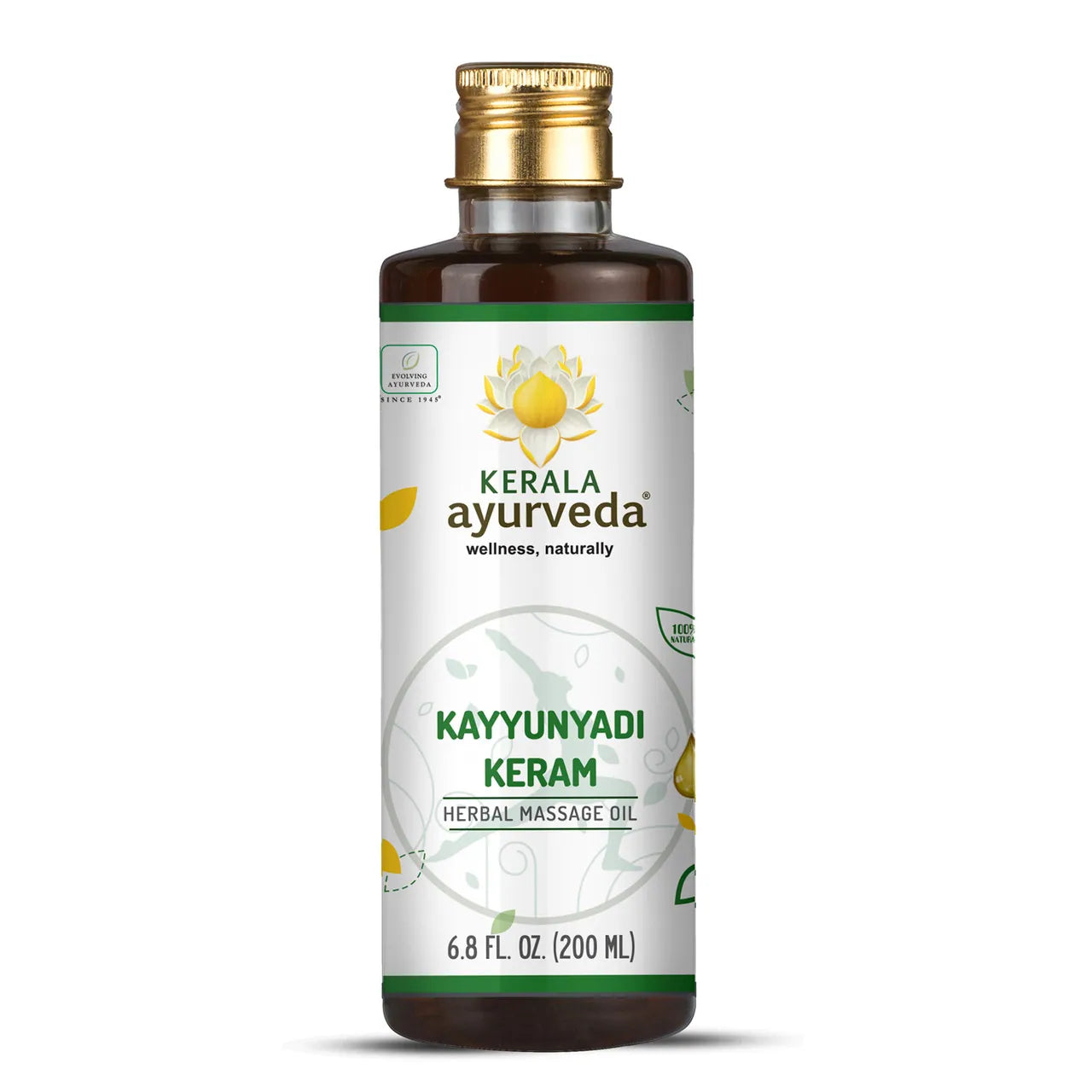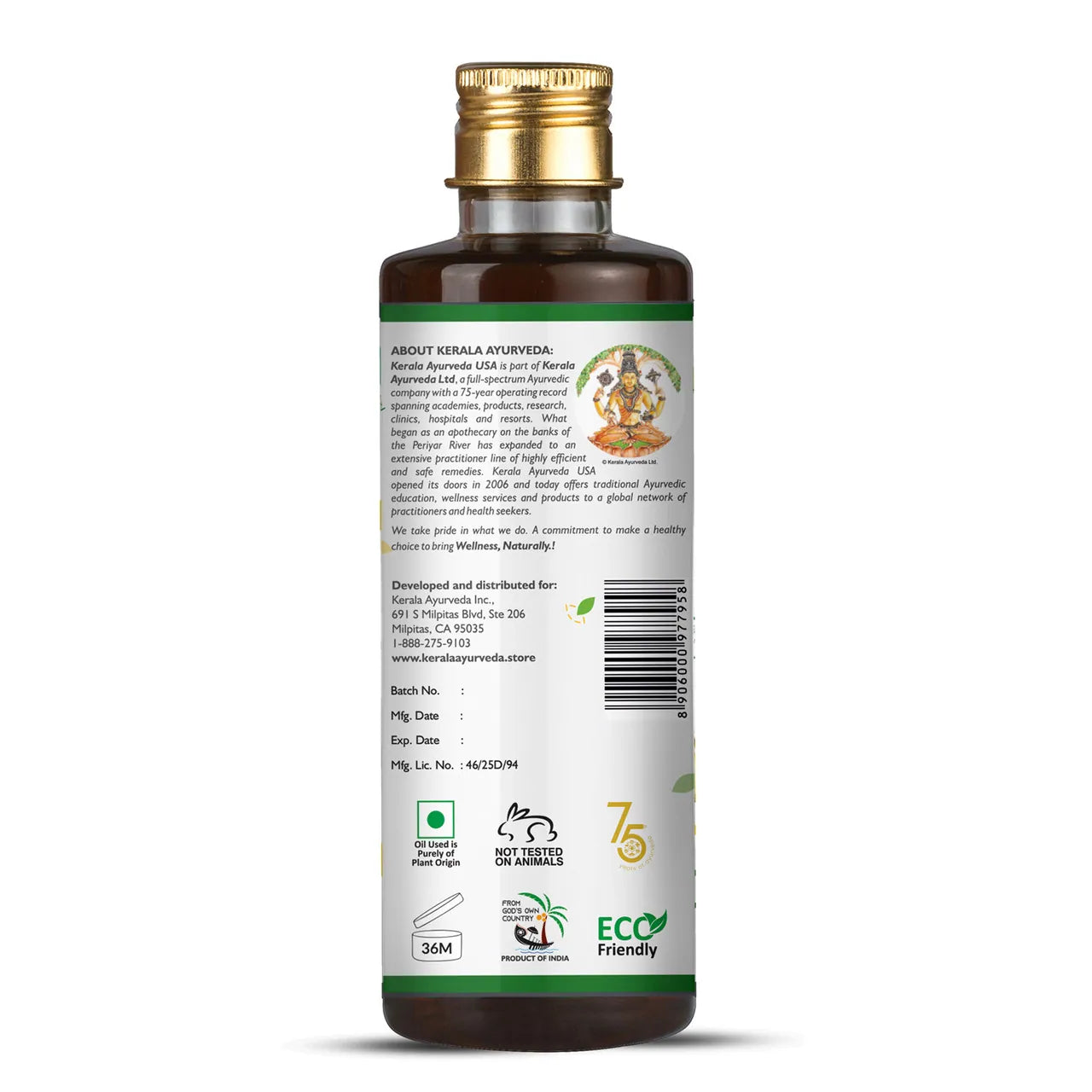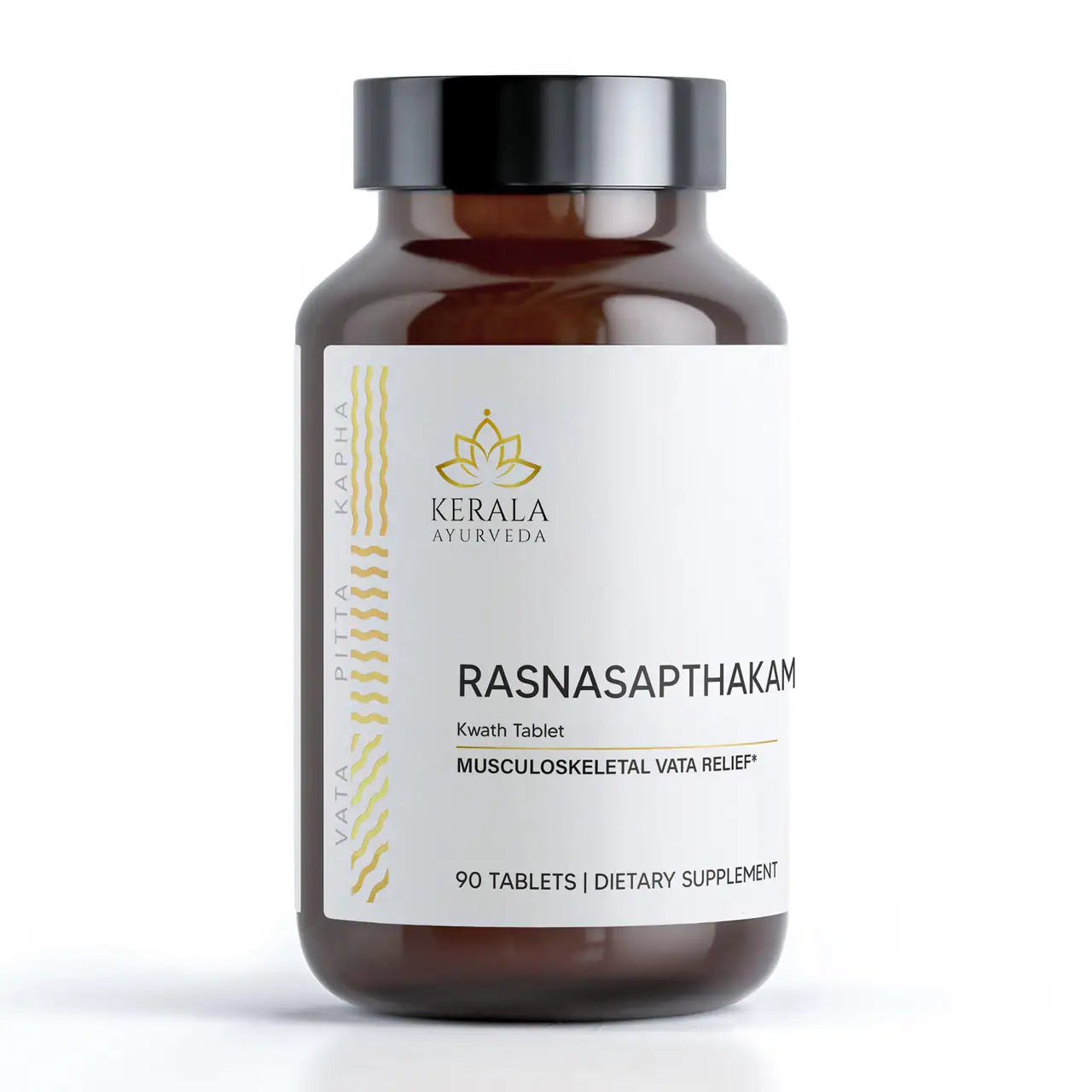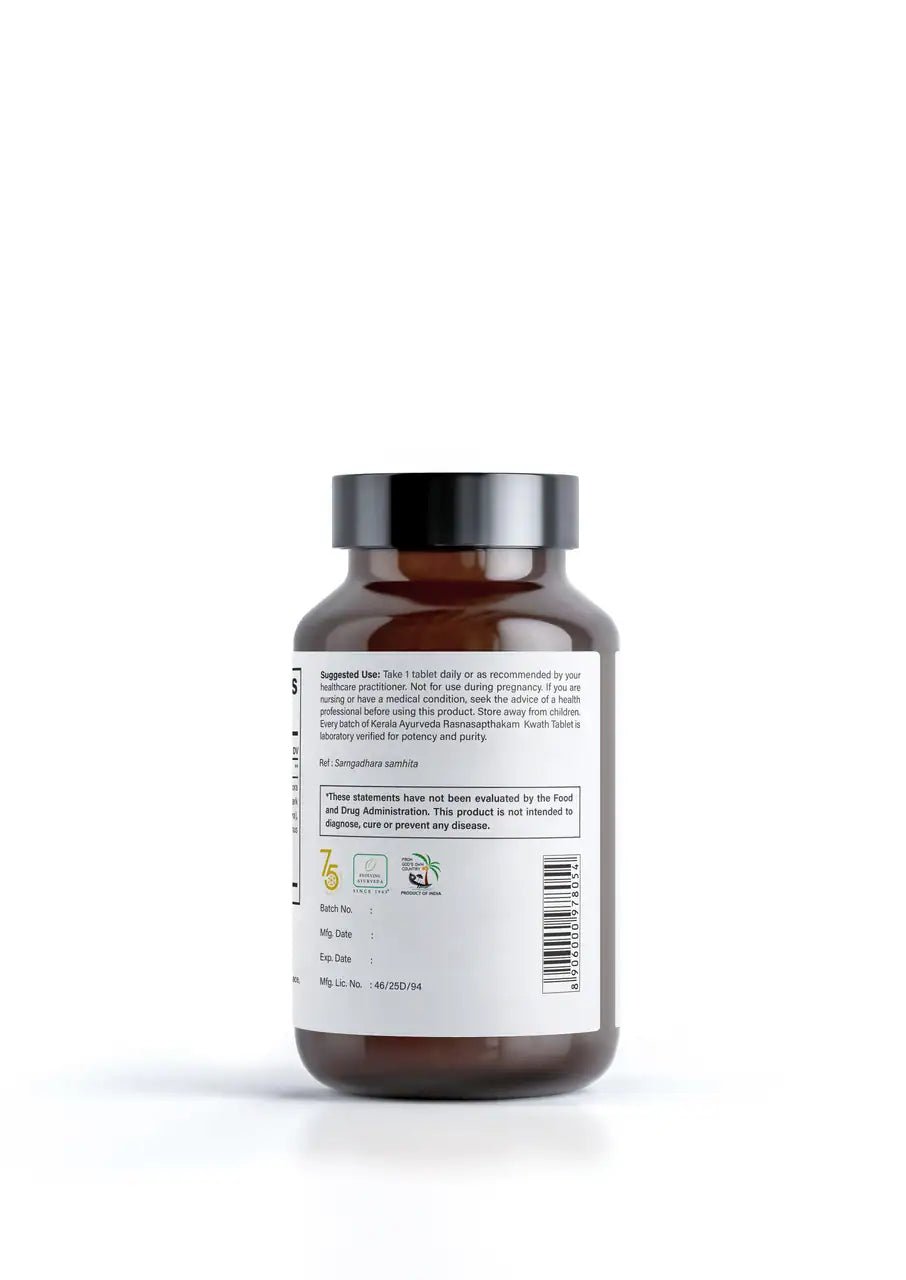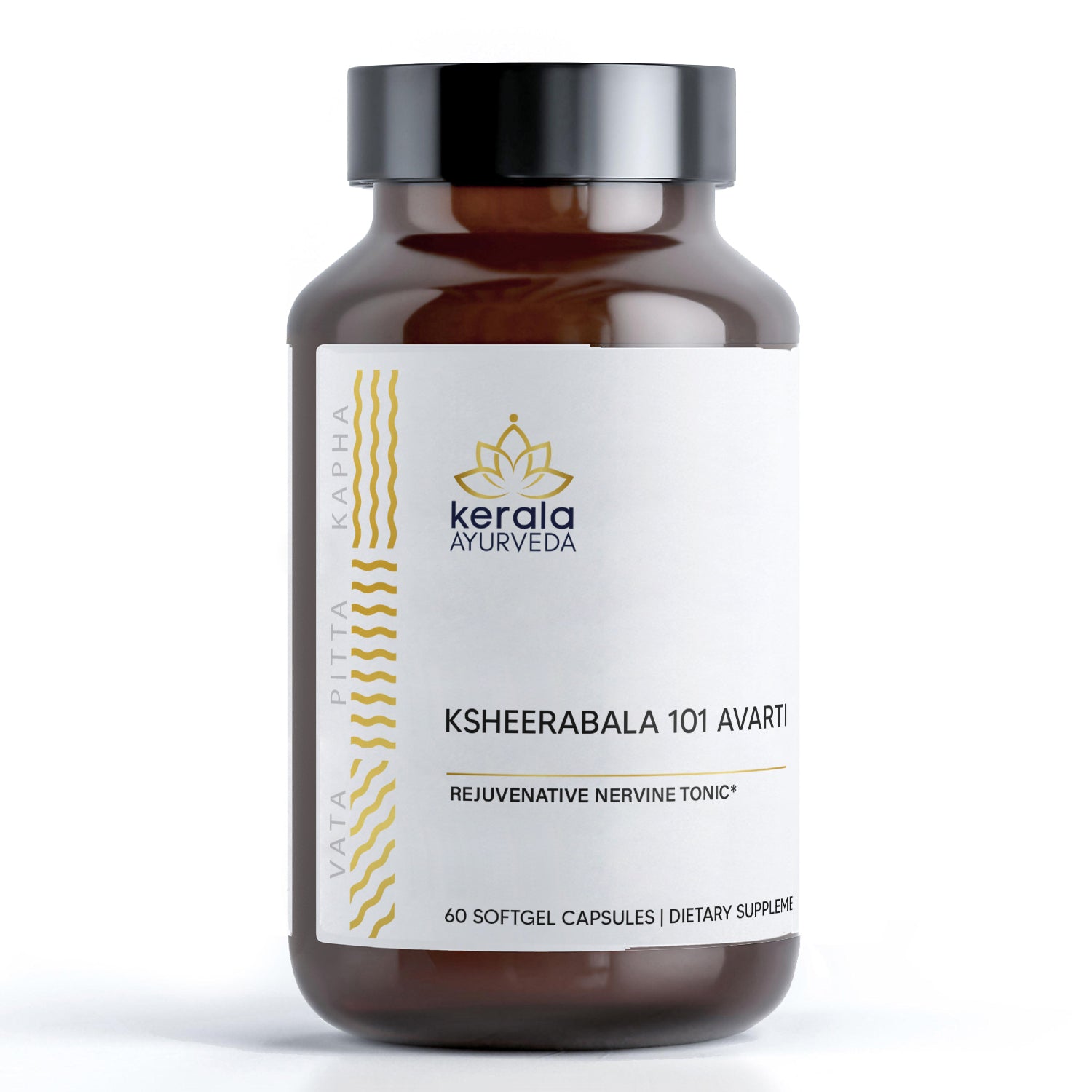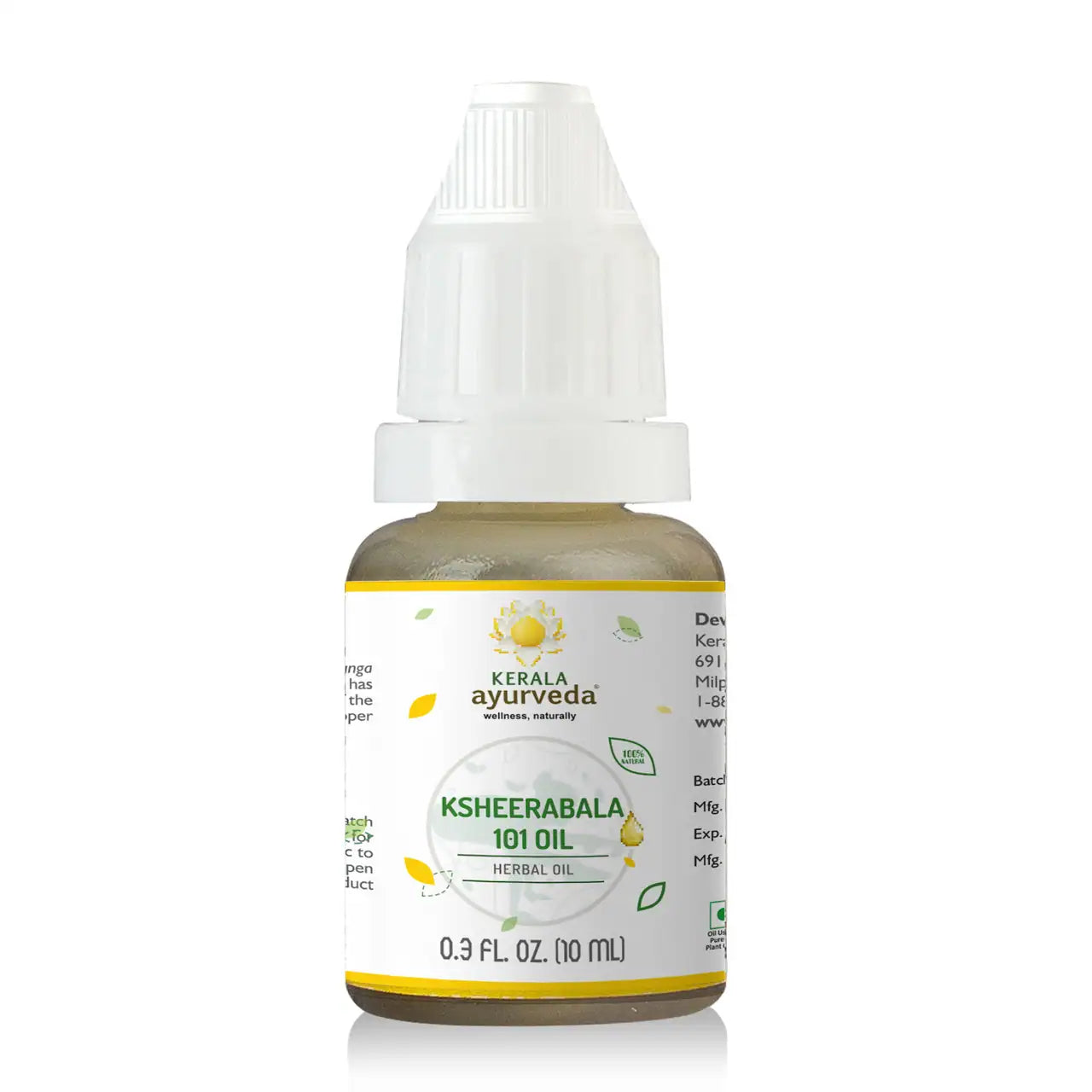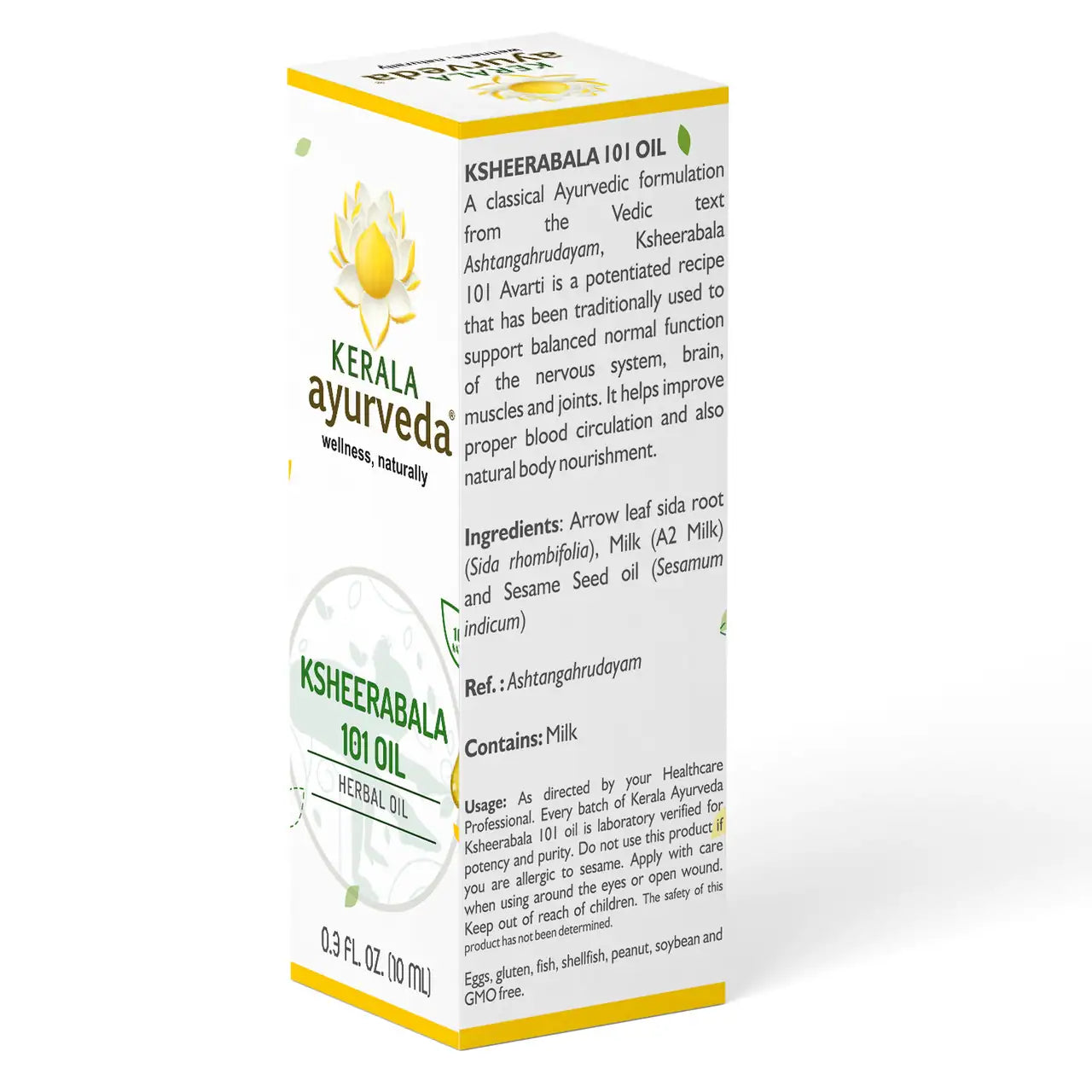Highlights
In holistic wellness traditions like Ayurveda, seasonal transitions mark a period for self-care and detoxification. The shift from the end of summer to early fall has a unique energy. You know it’s coming because your senses can detect it -- the number of light hours begins to dwindle, slowly, as the smell of summer’s ripe bounty fills the air. And that air is a bit crisper, warning of colder days to come, and you can even hear a bit of a frenzy in the sounds of the insects, big and loud for one last hurrah. All these cues go hand-in-hand with other shifts you may feel in your body, such as digestive changes, fatigue, allergies, or mood shifts.
What changes outside of you is also changing inside of you. When you align your lifestyle with the changes of nature, you can support your innate health balance. Deepening your connection with natural rhythms is also a beautiful way to surrender your spirit to the healing gifts each season brings.
The energetic and elemental shift from summer to fall
The seasonal shift you can feel and smell is triggered by the waning of the sun. From an elemental perspective, this is the reduction of the fire element, which constitutes Pitta Dosha according to Ayurveda. As Pitta Dosha reduces, Vata Dosha increases, made up of the air and ether elements.
What is the energy of the autumn season?
Transition is a keyword for autumn. Especially with the erratic weather patterns we are experiencing today, it is important to recognize that your diet and routines must be adaptable seasonally as well as daily.
Tune into the weather each day and observe. There may be some days with more signs of Pitta or Vata Doshas, and days that are mixed. Cater to the dominant Dosha.
|
Signs on Pitta in the atmosphere |
Signs of Vata Dosha in the atmosphere |
|
Warm or hot Sunny and bright Humid |
Cool or cold Windy Dry |
As the fall transition progresses, Vata Dosha will increase. Vata season governs the fall and early winter seasons, and it is characterized by:
- Subtlety
- Lightness
- Dryness
- Coldness
- Harshness
- Darkness
As the leaves fall and trees draw their energy back into their roots, deeper in the ground, your body follows suit. Vata Dosha’s increase in the atmosphere can inspire your thoughts, dreams, and reflections with its subtle, etheric quality. It’s the perfect season to slow down and turn inward. This season’s gifts are in its ability to demand that we hold space to cleanse, rejuvenate, and reflect. This elemental energy of autumn is reflected in many cultures’ holidays and New Year festivities, which occur around the Fall Equinox.
Common fall seasonal imbalances
If you’re wondering why you feel weird in the fall and detoxification is needed, consider the qualities of the Vata season. As the light, dry, cold, harsh, and dark atmosphere increases, you feel it. Fall transition time can lead to imbalances such as lightheadedness, anxiety, dry skin, hair and nails, joint pain, dehydration, digestive irregularity, insomnia, and immune weakness. These are all due to the atmospheric shift of the elements to air and ether and can also be remedied using the counterbalancing elements of fire, earth, and water.

Diet and nutrition to support a fall cleanse and reset
The early days of fall are especially variable between Pitta and Vata Doshas, with an overall trend towards Vata. The fall transition invites you to introduce a Vata-balancing protocol to your diet at whatever pace matches your environment. On the “Pitta days” you identify using the chart above, you can favor a Pitta-balancing diet like the one we detail here. On the “Vata days,” you can start incorporating a Vata diet protocol. Below, we highlight the differences.
What should I eat and drink in the autumn season?
|
Minimize meat consumption and enjoy fish, chicken, and eggs in moderation |
|
Minimize, olive, coconut, or sunflower oil |
A seasonal cleanse diet
A seasonal detoxification diet for the fall season is different from a Vata-pacifying diet. Cleanse diets are customized based on your unique constitution and imbalances, though there are some general guidelines to follow:
- Eat mindfully, setting intentions with deep breaths before foods
- Eat three meals a day, with no food after two hours before bed
- Focus on whole foods like grains, vegetables, and fruits, favoring the Vata-pacifying foods mentioned above
- Eat cooked foods; avoid raw
- Enjoy khichadi (a combination of mung dal lentils, rice, spices, and optional vegetables) as a frequent meal, or even a mono diet for several days to give your digestive system a break
- Sip warm or hot water throughout the day to boost metabolism
- Drink “CCF” tea with coriander, cumin, and fennel seeds to balance digestion
- Eliminate processed foods and stimulants such as coffee, tea, alcohol, packaged foods (it’s recommended to do this over time, gently)
- Eliminate animal products such as milk, cheese, meat, fish, eggs
Extreme or drastic changes are never recommended per Ayurveda, as they are disruptive to your mind-body system. Extremities are also a symptom of Vata balance. An Ayurvedic cleanse diet is always introduced slowly, and exited gently, introducing changes one step at a time. This is a great motto for everything you do in the season so you can “digest life” optimally.

Sleep, rasayana, and embracing the darkness
While the energy of Vata Dosha might be keeping you up all night during the fall, it’s the season when you need more rest. Sleep offers your body natural detoxification each night, and it’s important to get that rest between the hours of 10 p.m. to 6 a.m. if you can. Ensuring you’re sleeping at the right time is even more important than the quantity of your sleep. Nature already knows best, and the sun goes to bed early in the fall, so you can more easily tuck yourself in on time. Sometimes that’s easier said than done, though.
If your Vata Dosha is on the high side and you’re not falling asleep easily, you may find that you need some extra support:
What to eat before bed during Vata season: try to have your last meal at least two, or even three hours before bedtime. This ensures your digestive cycle is complete before signing off for rest and nighttime detox mode. You can include slow-burning carbohydrates like wheat, oats, and sweet potatoes during dinner time to help your system downshift and ground into relaxation mode.
Sleep preparation protocol: shutting down devices one to three hours before bedtime, reading a non-stimulating book, soothing music, deep breathing exercises, journaling, and aromatherapy using Calming Oil.
Self-abhyanga and oil massage: fall is the season for increasing the soothing, hydrating, and moisturizing qualities of oils. In addition to increasing your internal oil intake through food (see above), the external application of oil known as Abhyanga in Ayurveda is excellent for skin health and relaxation. Generously oiling your feet, limbs, and scalp is a sacred act of self-care. You may find that you enjoy the experience of loving on your cells just as much as you enjoy how it helps you fall asleep more easily. Self-abhyanga can also aid your mind and body’s detoxification process, as the oil will attract and move toxins to be cleansed.
Detoxification and cleansing approach for the season
An Ayurvedic seasonal cleanse
Colds and flu are more common at this time of year because your system can be inherently more vulnerable during Vata season. This is why cultures around the world emphasize a seasonal cleanse of the mind, body, and spirit in autumn. An Ayurvedic approach to fall detoxification involves boosting digestion, clearing out toxins, and a lot of system-rejuvenating with nourishing, immune-enhancing herbs, and supplements.
An Ayurvedic cleanse is best designed with the support of an Ayurvedic practitioner, which is how we conduct Kerala Ayurveda’s Fall Rejuvenation program. (If you miss the registration window for our group cleansing program, you can still receive personalized guidance through a one-on-one consultation.) You can also take simple, practical steps at home to encourage a gentle cleanse and reset following the diet, sleep, and lifestyle guidelines in this article.
How to get rest during the fall - it’s more than sleep
An Ayurvedic cleanse accounts for the depleting nature of cleansing, which is particularly important during the harsh Vata season. Getting adequate rest and rejuvenation is 50% of the goal of a fall seasonal cleanse. Sleep isn’t the only source of rest. You can cultivate rejuvenating benefits throughout your day by taking breaks, breathwork, stretching, and daydreaming. Embracing the Vata energy of the dreamer can be restorative, rather than draining if you channel it in a way that feels good to you.
While Yoga Asana can look like vigorous exercise or challenging stretches on the surface, it involves more subtle actions that can also rejuvenate. One of the best ways to cleanse and relax during the day or before bedtime is through calming and restorative Asana.
What Yoga Asana poses are best during autumn?
Downward facing dog - Adho Mukha Svanasana
Wide Angle Forward Bend - Prasarati Padottanasana
Reclining twist - Supta Matsyendrasana
Extended Child’s Pose - Utthita Balasana
Breathwork for seasonal cleansing
Shining skull breath - Kapalbhati
Alternate nostril breathing - Nadi Shodhana
Right nostril breathing - Surya Bhedana Pranayama
Herbal support
For a fall reset, we love introducing more ghee into the diet. Ghee can be used in place of butter or oil, and can support immunity, digestion, cognitive function, anxiety, and sleep - everything we need during Vata season. A bit of Triphala, or “three fruits” can help to regulate digestion and keep things moving. Its potent berries offer nutrition as well as a natural detoxification to the colon and liver. You can find Triphala in powder and capsule form. If you’re interested in weaving in these supplements as well as some daily Ayurvedic hygiene into your routines, you may be interested in Kerala Ayurveda’s Detox Bundle.
For deeper detoxification, we recommend consulting with a trained Ayurvedic professional to receive personalized guidance when taking herbs. You can learn more about booking consultations on our Wellness Center website.

Turning inward
During Vata season, routines are your best friend. While Vata Dosha will lure you into escapist thoughts, spontaneous ideas and anxious diversions, your daily rituals can keep you sane. A huge part of this season’s lesson comes in the form of trust. Amidst the fluctuations and literal deaths around you caused by the impending winter, your spirit remains constant.
Starting the day with a Dinacharya - the recommended Ayurvedic daily routines - can be grounding as well as nurturing in this otherwise depleting season.
Seasonal rituals for the fall
Light a candle or turn on your twinkle lights in the morning, especially on gray days.
Greet the sun once they’re awake. Remember they’re still there even if it’s overcast ;)
Use a tongue cleaner or scraper to remove toxins.
Oil pulling for deeper detoxification of the mouth, teeth, and gums.
Apply Nasya oil to awaken and clear your senses. It’s also great for supporting respiratory health and seasonal allergies.
You can find all the tools you need for these rituals in Kerala Ayurveda’s Dinacharya Bundle (minus the twinkle lights or candle).
Set aside special time each day for you to cultivate joy, such as daily reading, a walk to your favorite local thinking spot, or a delicious tea with fall flavors.
Bid goodnight to the sun before it leaves.
Self-abhyanga with Santhwanam Oil or any soothing massage oil.
Mindfulness in whatever form works for you
Meditation is often a prescription for mindfulness, but this can be a challenge for some people, especially during the season of distractions, which is classic Vata.
If you enjoy traditional meditation, this is a wonderful time to deepen your practice by dedicating an extra 10-15 minutes.
If you’re newer to meditation, there are many incredible apps available to help guide you into daily practice. And in truth, you don’t need an app!
Mindfulness comes in many forms, such as:
- Devotion during prayer, dance, and art
- Acts of service and kindness
- Sun, sky, moon, and star gazing
- Journaling your thoughts
The most key factor in your mindfulness practice is simply that it helps you to be present. And that is truly the objective of everything in this article -- to support your presence in this shifting, beautiful time of death and rebirth known as the fall.









